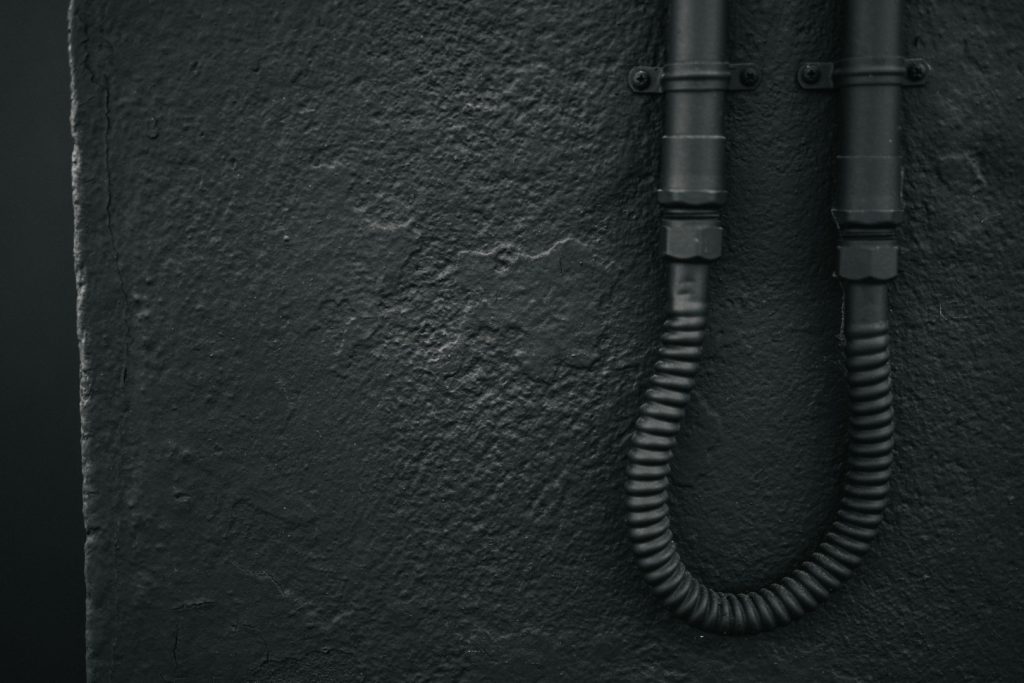Introduction
In the intricate web of infrastructure and industries, pipes are the unsung conduits that carry essential fluids and materials. But, to ensure their functionality, integrity, and longevity, pipe supports play a crucial role. This blog aims to shed light on the often-overlooked world of pipe supports – their types, functions, and importance in maintaining a robust infrastructure.
Understanding Pipe Supports
Pipe supports are structures designed to hold, guide, and anchor pipes in various applications. They counteract the effects of gravity, temperature changes, vibrations, and external forces, preventing undue stress on the pipes and their connections. Without proper supports, pipes could sag, bend, or fail, leading to leaks, decreased efficiency, and safety hazards.
Types of Pipe Supports
- Hangers: These are commonly used pipe supports that suspend the pipe from above. They come in various designs, including clevis hangers, beam clamps, and adjustable hangers. Hangers prevent downward sagging and provide vertical support.
- Guides: Guides restrict the pipe’s movement in a specific direction, allowing axial expansion or contraction while preventing lateral movement. They are essential in maintaining the pipe’s alignment.
- Anchors: Anchors fix the pipe in place to prevent movement caused by external forces or thermal expansion. They come in rigid and flexible types, depending on the application’s needs.
- Clamps: Clamps hold pipes in place without restricting movement. They are often used to support smaller pipes or pipes that need to be easily disassembled.
- Shoes: Pipe shoes are used to support pipes at specific points, often near heavy equipment or structures. They provide a stable base for the pipe while accommodating thermal expansion.
- Rollers: Rollers are used to allow axial movement of the pipe due to thermal expansion or contraction. They are often used in long pipelines, allowing them to expand or contract without causing stress.
Importance of Proper Pipe Support
- Prevent Deflection and Stress: Properly designed pipe supports prevent the sagging and bending of pipes, avoiding stress on connections and potential leaks.
- Ensure Alignment: Pipe supports maintain the alignment of pipes, which is crucial for efficient fluid flow and preventing damage to the pipes themselves.
- Mitigate Vibrations: Vibrations from machinery or fluid flow can lead to premature wear and failure. Pipe supports help dampen these vibrations, extending the life of the pipes.
- Accommodate Thermal Expansion: Pipes expand and contract with temperature changes. Pipe supports must allow for this movement while preventing damage or misalignment.
- Enhance Safety: Well-supported pipes contribute to a safer working environment by reducing the risk of leaks, ruptures, or accidents caused by pipe movement.
Considerations in Pipe Support Design
- Load Calculation: Proper load calculations must be performed to determine the type and number of supports required based on the weight of the pipe, contents, and external forces.
- Material Selection: Pipe supports should be made from materials that can withstand the environmental conditions and the weight of the pipe.
- Thermal Expansion: The design should account for thermal expansion to prevent damage due to constrained movement.
- Flexibility: Depending on the type of pipe and its application, pipe supports need to provide the right balance between rigidity and flexibility.
Conclusion
In the world of infrastructure, where pipes silently carry the lifeblood of industries and communities, pipe supports are the unsung guardians that ensure their stability, alignment, and safety. Without proper support, pipes are vulnerable to a range of issues that could lead to leaks, inefficiencies, and hazards. By understanding the types of pipe supports and their functions, we gain insight into the intricate dance between form and function that keeps our essential systems flowing smoothly.

